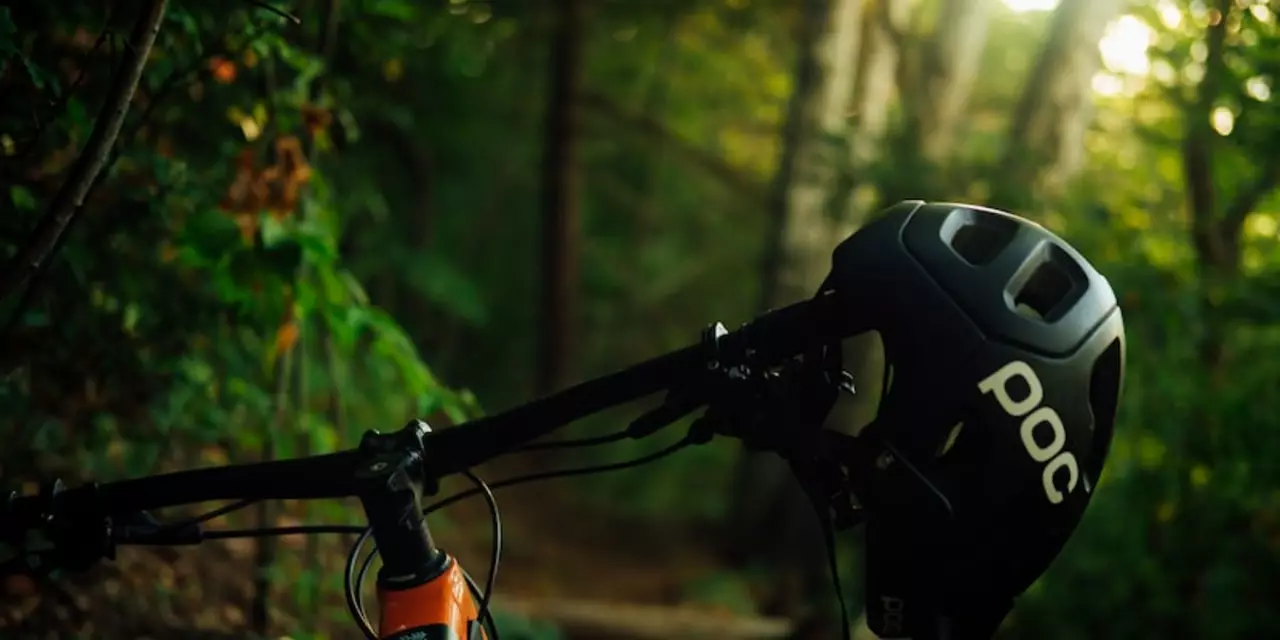SEARCH
Mountain Biking Safety: Practical Tips for Every Rider
Thinking about hitting the trails? You’ll love the rush, but there’s a real risk if you ignore safety. The good news is you can keep the thrills high and the danger low with a few simple habits. Below are the basics that make the difference between a fun ride and a painful fall.
Essential Protective Gear
First up, gear up. A sturdy helmet isn’t optional – it’s your best defense against head injuries. Look for a helmet that fits snugly and meets safety standards. Next, consider a pair of full‑face or half‑shell gloves; they protect your hands and give better control on rough terrain. Pads for your elbows, knees, and hips add a cushion when you tumble. Even a simple padded short can protect your tailbone. Finally, wear eye protection. Clear or tinted lenses keep debris out and improve visibility on dusty or sunny days.
Smart Riding Practices
Gear won’t save you if you push beyond your limits. Start each ride by scouting the trail. Know the steep sections, loose rocks, and any technical obstacles. Ride at a speed you can manage – faster doesn’t always mean better. Keep your body relaxed, elbows slightly bent, and eyes looking ahead, not just at the wheel. When you’re approaching a jump or a sharp turn, shift your weight forward and keep your pedals level. If you’re unsure about a feature, walk it first. It’s a small time cost that prevents major injuries.
Another key habit is to ride with someone who knows the area. A buddy can point out hidden hazards and helps if you get stuck. If you’re alone, let someone know your route and expected return time. Carry a basic repair kit – a spare tube, mini‑pump, and multi‑tool – and know how to use them. A flat tire on a remote trail can become a dangerous situation if you’re stranded.
Don’t forget the environment. Trails can change after rain; mud makes rocks slippery, and loose soil can collapse. Adjust your line accordingly and avoid riding over eroded sections. Respect wildlife and other users – giving way and signalling your presence reduces surprise encounters.
Finally, listen to your body. Fatigue slows reaction time and makes you sloppy on the bike. Take breaks, stay hydrated, and fuel up with snacks. If you feel sore or dizzy, call it a day. One short ride is better than a long one that ends in a hospital.
By combining solid gear, realistic expectations, and a habit of checking the trail, you can enjoy mountain biking without constantly worrying about injury. Safety isn’t about limiting fun; it’s about letting you ride longer and stronger. So strap on that helmet, pick a trail you know, and hit the dirt with confidence.

Is mountain biking dangerous?
Mountain biking is an adrenaline-filled sport that can also be dangerous. It involves riding a bike off-road, often over rough terrain, and can involve air-time, jumps, and other stunts. Mountain biking carries an inherent risk of injury due to the terrain, speed and technicality of the activity. To minimise risk, mountain bikers should always wear the appropriate protective gear, know their limits, and ride with caution. Additionally, they should ride with experienced friends, know their local trails, and be aware of their environment. Ultimately, mountain biking can be dangerous, but it can also be enjoyed safely and responsibly.
Continue reading